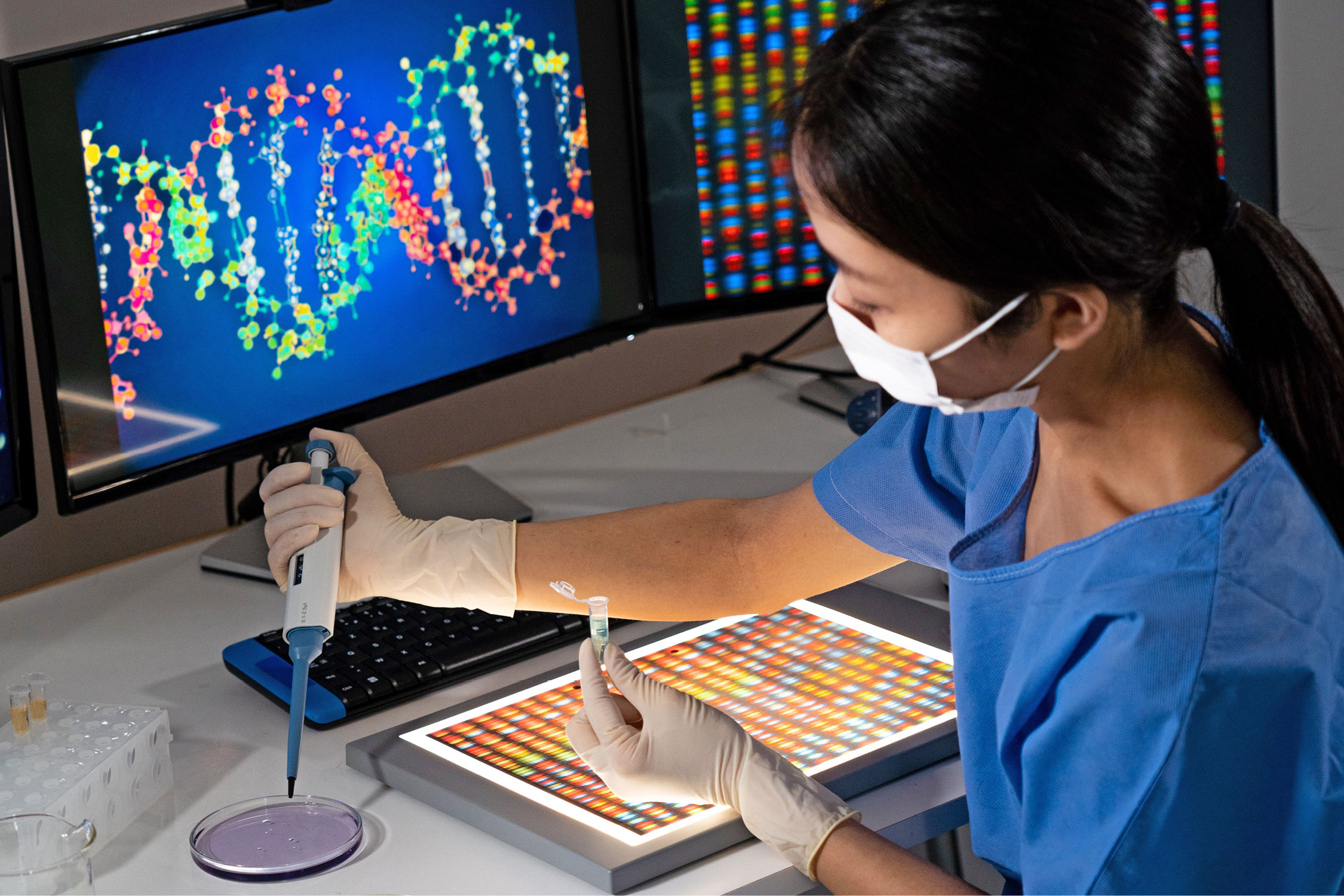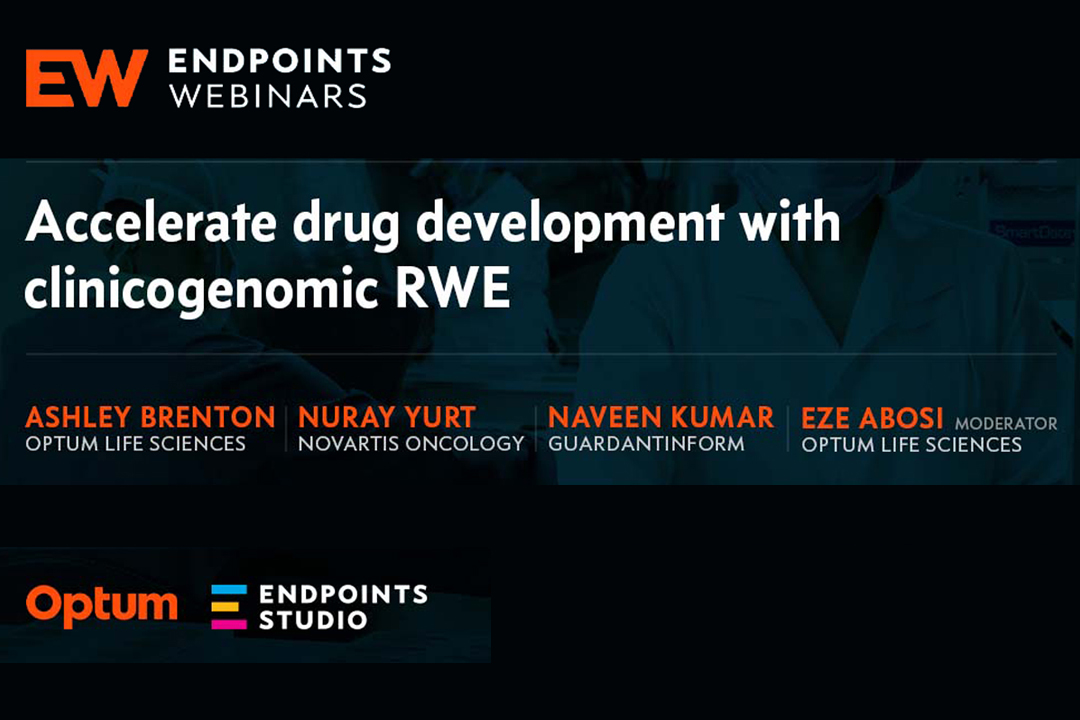A journey to identify real-world evidence
Before involvement from Optum Life Sciences, UnitedHealthcare independently conducted its own robust clinical review of the company’s SGLT2i therapy based on available evidence and ADA guidelines and made its own formulary placement decision. Then the 2 parties met for preliminary discussions about a value-based contract for the branded therapy.

As a third party, Optum Life Sciences consultants conducted a VBC analysis with deidentified claims data from the UnitedHealthcare commercial population for Boehringer Ingelheim and UnitedHealthcare. The analysis generated strong real-world evidence (RWE) demonstrating the therapy’s value. Over one year, patients taking the manufacturer’s SGLT2i therapy had measurable positive health outcomes and lower total costs of care (TCOC) versus those with similar diagnoses who were not on an SGLT2i.
“Value-based arrangements are part of a longer journey. They’re not just a destination,” says Dr. Brian Solow, chief medical officer at Optum Life Sciences. “We endeavor to align on value in ways that represent wins for the payer, the manufacturer, the physician and, most importantly, the patient.”
The VBC analysis found that patients treated with a SGLT2i had total health care costs that were about 20% lower than patients on other antidiabetic agents included in the analysis. Through their research and analysis, Optum consultants also discovered that as many as 50,000 to 60,000 eligible patients in the UnitedHealthcare commercial population may not be using guidelines-based treatment for their Type 2 diabetes with cardiovascular risk factors. With these results, Optum Life Sciences analysts estimated that a 10% increase in guidelines-based treatment in this population could save the payer an additional $32 million annually.





